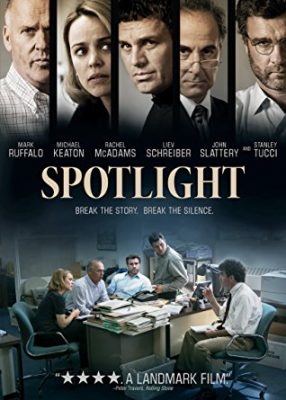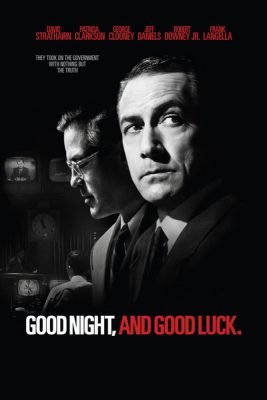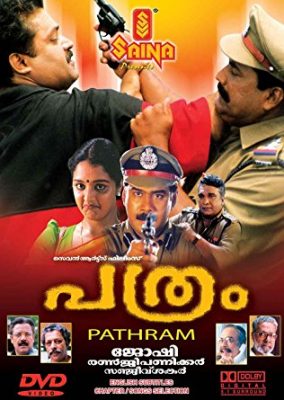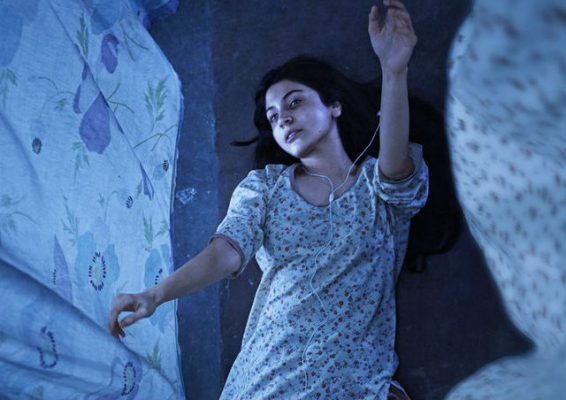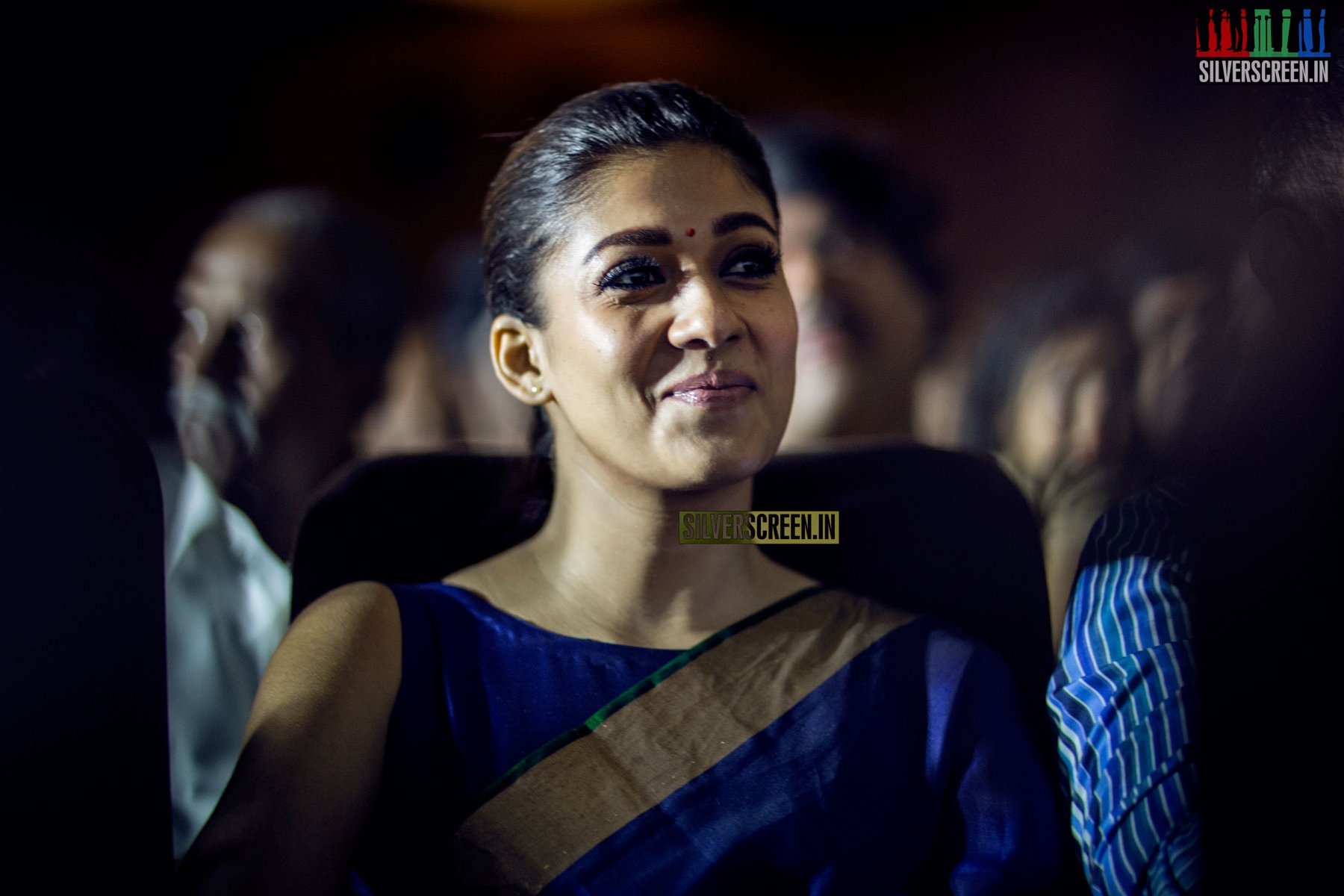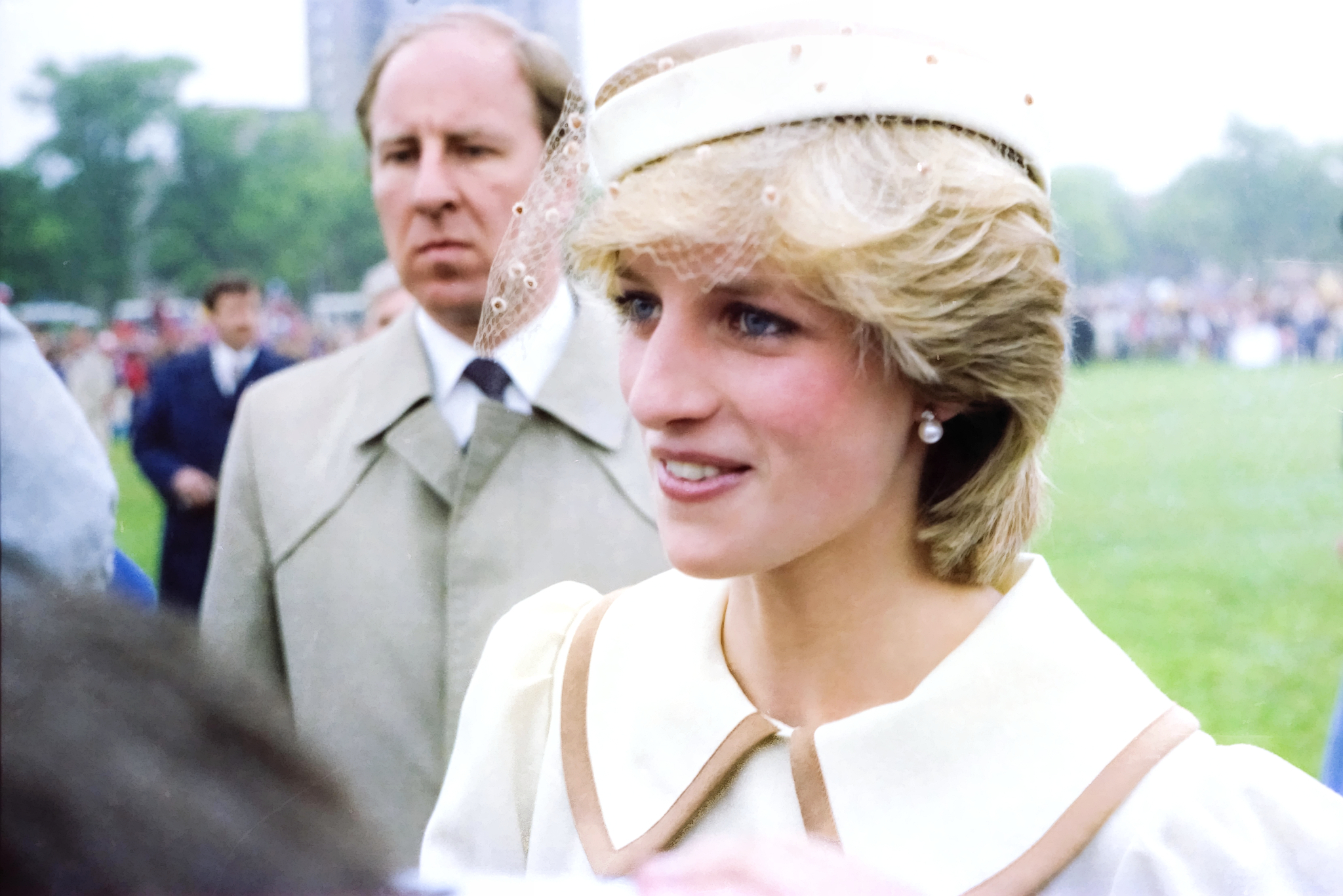Cinema and journalism have always had a sweet and sour relationship. Throughout the history of cinema, movies have inspired people to follow journalism, with tales of inspiring professionals, but have also thrown the spotlight on the greedy side of the media. On World Press Freedom Day, as the world silently acknowledges the spirit of journalists and why they must be allowed to function with freedom, Silverscreen shortlists five movies that celebrate the breed of fearless writers.
All The President’s Men
The first in the list is this sensational Hollywood film directed by Alan J Pakula. Released in 1976, it recounts the events and happenings during Richard Nixon’s tenure as President of the United States Of America. An adaptation of a book of the same name, All The President’s Men stars Robert Redford and Dustin Hoffman as Bob Woodward and Carl Bernstein, respectively. Bob and Carl were the investigative journalists who followed the Watergate Scandal which brought down Nixon. The film was nominated for that year’s Oscars in seven categories and won four -Best Adapted Screenplay, Supporting Actor, Art Direction and Sound Design.
Spotlight
The period drama released in 2015 follows The Boston Globe’s ‘Spotlight’ team, the oldest-operating newspaper investigative journalist unit in the United States. The main plot is inspired by the real-life happenings in 1976 Boston – an investigation into cases of widespread and systemic child sex abuse in the area by numerous Roman Catholic priests. The stories are based on the 2003 Pulitzer Prize-winning stories from the ‘Spotlight’ team. The film features an ensemble cast, including Mark Ruffalo, Michael Keaton, Rachel McAdams, John Slattery, and Stanley Tucci. Spotlight won the Academy Award for Best Picture, along with Best Original Screenplay, from a total of six nominations.
Good Night And Good Luck
This 2005 American historical drama is written and directed by George Clooney. Filmed in black-and-white to capture the atmosphere of TV journalism’s early days, Good Night and Good Luck stars George Clooney and focusses on TV newsman Edward R. Murrow’s fight to expose the tactics employed in the US by Senator Joseph McCarthy in his 1953 ‘Red Scare’ campaign to uncover Communists in the Government and celebrity circles, a label that ruined many careers at the time. The film also stars big names such as Robert Downey Jr and Jeff Daniels. The film was nominated for six Academy Awards, including Best Picture, Best Director for Clooney and Best Actor for David Strathairn.
Jaane Bhi Do Yaaro
Providing the Indian perspective is this 1983 Hindi comedy film directed by Kundan Shah. Jointly co-produced by the National Film Development Corporation of India (NFDC) and others, this dark satire deals with excessive corruption in Indian politics, bureaucracy, news media and business. With an ensemble cast including Naseeruddin Shah, Ravi Baswani, Om Puri, Pankaj Kapur, Satish Shah, Satish Kaushik, Bhakti Barve and Neena Gupta, Jaane Bhi Do Yaaro won Kundan Shah the 1984 Indira Gandhi Award for Best Debut Film of a Director. The film is inspired by Anotonioni’s classic Blow-Up. In a hat-tip, the park in which an important murder occurs in the film was named Antonioni Park.
Pathram
This Malayalam was a critical and commercial success and had a theatrical run of 300 days. Directed by Joshi, the screenplay is written by Renji Panicker. The film deals with the underbelly of Kochi. A new associate editor of a renowned newspaper fights against crimes, sacrificing what he loves. This is considered one of Suresh Gopi’s finest works. The dialogues continue to stay relevant, after all these years. The film also stars Manju Warrier, NF Varghese, Murali and Cochin Haneefa.
Special mention
Also, check out New Delhi Times, directed by Ramesh Sharma, and starring an ensemble cast of Shashi Kapoor, Sharmila Tagore, Om Puri and Kulbhushan Kharbanda, among others. The film explored the life of an editor who sets out to investigate a murder, the nexus between politicians and the media, and the general sense of hopelessness of the period. The film went on to win three National Film Awards


